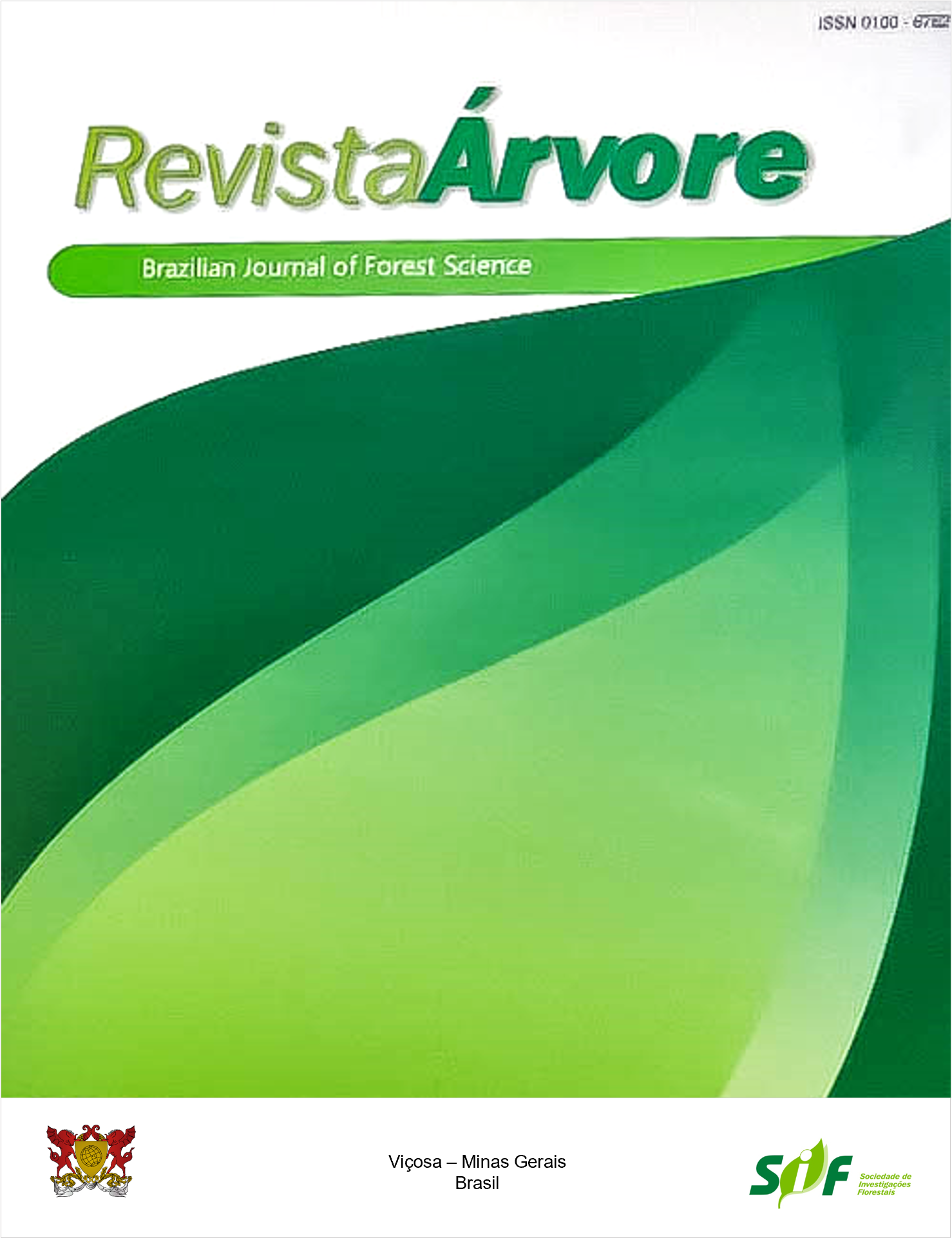INFLUENCE OF NITRATES, PHOSPHATE, SULPHATE AND SALTS OF Ca, Mg AND K, ON HYDROGEL HYDRATATION CAPACITY
Keywords:
Hydroretenctor, Ions, PolyacrylateAbstract
Hydrogel hydration capacity in solution was evaluated at different levels of electrical conductivity (EC) using nitrate, phosphates, sulfates, and salts of calcium, potassium and magnesium. Four sequential experiments were performed using potassium polyacrylate copolymer. The first experiment aimed to determine the lowest hydrogel dose, at which occur maximum deionized water absorption. The test was assembled in a completely randomized design with six hydrogel doses (1, 2, 4, 6, 8 and 10 g L-1) and four replicates. The second experiment consisted of testing the sucrose P.A. doses (0, 1, 2, 4 and 6 %) in order to evaluate the change in osmotic potential of the solution on hydrogel hydration. The third and fourth studies were carried out in a complete randomized design, using a 6 x 3 x 2 factorial scheme with four replicates. For the third experiment, the factors were six levels of EC (0; 0.25; 0.50; 1.00; 1.50 and 2.00 mS cm1) increased by the addition of three anions (NO3-; PO43- and SO42-) along with counter-ions Ca++ and K+. For the fourth experiment, the same six levels of EC were achieved by adding the three cations (Ca++, Mg++ and K+), along with the counter-ions Cl- and SO42-. Hydration capacity of the hydrogel decreases when the ionic concentration of the solution increases and the reduction of the osmotic potential through the addition of sucrose does not interfere in its swelling capability. Anions and cations in the solution negatively influence the process of the hydrogel hydration. The most pronounced effect is for those with higher valence.
Keywords: Hydroretenctor; Ions; Polyacrylate
Downloads
Published
How to Cite
Issue
Section
License
Copyright (c) 2021 Revista Árvore

This work is licensed under a Creative Commons Attribution 4.0 International License.
All authors agreed to submit the work to Revista Árvore and granted the exclusive license to publish the article. The authors affirm that it is an original work and has not been previously published elsewhere. The scientific content and opinions expressed in the article are the sole responsibility of the authors and reflect their opinions, not necessarily representing the opinions of the editorial board of Revista Árvore or of the Society of Forest Investigations (SIF).




